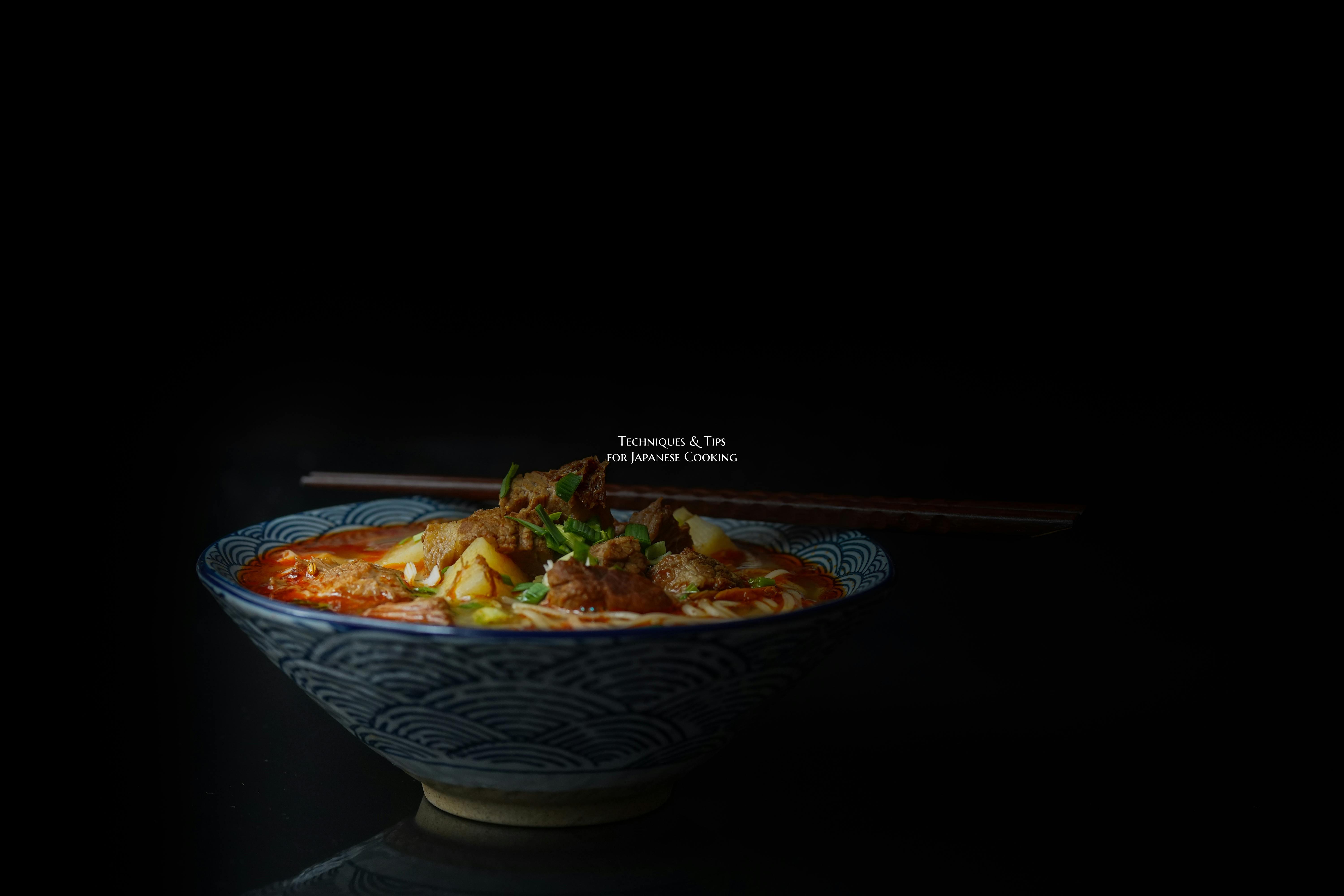
Techniques & Tips for Japanese Cooking
Japanese cuisine is renowned for its delicate flavors, meticulous presentation, and emphasis on fresh, high-quality ingredients. To elevate your culinary skills in Japanese cooking, consider these techniques and tips that will help you create authentic and delicious dishes right in your own kitchen.
1. Umami-Bomb Ingredients: Embrace umami-rich ingredients such as miso, soy sauce, dashi, and mirin to enhance the depth and complexity of flavors in your Japanese dishes. Experiment with these key ingredients to create savory broths, marinades, and sauces that form the foundation of many Japanese recipes.
2. Knife Skills: Sharp knives are essential in Japanese cooking to achieve precision cuts that enhance the aesthetics and textures of your dish. Master basic knife skills like julienning, slicing, and dicing to ensure uniform pieces of ingredients that cook evenly and look visually appealing.
3. Rice Perfection: Rice is a staple in Japanese cuisine, so mastering the art of cooking perfect rice is crucial. Invest in a high-quality rice cooker or learn traditional stovetop methods to achieve fluffy and slightly sticky rice that pairs perfectly with various Japanese dishes.
4. Sushi Rolling: If you're interested in making sushi at home, practice the art of sushi rolling to create tight, uniform rolls with a perfect balance of rice and fillings. Invest in a bamboo sushi rolling mat and practice different techniques to master classic sushi rolls like hosomaki and uramaki.
5. Tempura Crisping: Tempura is a popular Japanese dish featuring light and crispy batter-fried ingredients. To achieve the perfect tempura coating, ensure your batter is ice-cold and maintain a consistent frying temperature to prevent sogginess and achieve a crisp texture that contrasts with the tender interior of the ingredients.
6. Japanese Flavors: Familiarize yourself with traditional Japanese seasonings and flavorings such as shichimi togarashi (seven-spice blend), yuzu kosho (citrus-chili paste), and furikake (seasoned dried seaweed and sesame seed mix). Experiment with these unique flavors to add complexity and authenticity to your Japanese dishes.
7. Presentation Matters: Japanese cuisine places a strong emphasis on presentation, so pay attention to the aesthetic presentation of your dishes. Use minimalist plating techniques, colorful garnishes, and traditional serving dishes to create visually stunning meals that are as pleasing to the eyes as they are to the taste buds.
By incorporating these techniques and tips into your Japanese cooking repertoire, you can master the art of preparing authentic and delicious Japanese dishes that capture the essence of this rich culinary tradition. Embrace the spirit of omotenashi (hospitality) as you hone your skills and share the joy of Japanese cuisine with friends and family. Oishii! (Delicious!)
